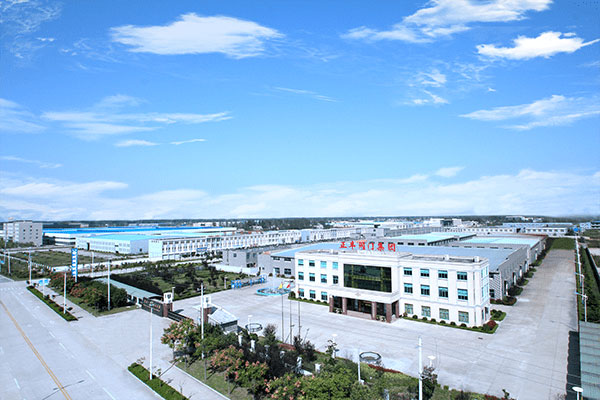Welding is a vital skill in multiple industries, including construction, automotive, and aerospace. Having the right welding tools is essential for achieving clean, strong, and durable welds. This guide provides insights into the different types of welding equipment and their applications, with a particular focus on the relationship between welding and geocell systems in construction projects.

Overview of Welding Equipment Types
Welding equipment can be broken down into these main categories:
- MIG Welders: The most common choice for general-purpose welding due to their ease of use and versatility.
- TIG Welders: Ideal for producing smooth, clean welds with precision, typically used in high-end industries like aerospace.
- Stick Welders: A more rugged tool used for tough, outdoor applications, such as construction and heavy-duty repairs.
- Plasma Cutters: These tools are used in conjunction with welding for quick, clean cuts through thicker materials.
Each of these tools has a specific role, so understanding their strengths will help you make the best choice for your project.
Factors to Consider When Selecting Welding Equipment
Choosing the right welding tool requires considering several factors:
- Material Type: MIG welders are great for soft metals, while TIG welders are more suitable for high-precision work on stainless steel or aluminum.
- Project Size: Heavy-duty tools are required for large infrastructure projects, while smaller, portable options may be more suited for lighter tasks.
- Power Source: Choose between electric or gas-powered equipment based on the availability of power at the worksite.
- Skill Level: Beginners may want to start with MIG welding, which is easier to handle, while more experienced welders may opt for TIG or Stick welders for greater control.
By taking these factors into account, you can choose the equipment that will deliver the best results for your project.
Key Welding Safety Tips
Welding safety is a critical concern. Here’s a quick list of important safety measures:
- Wear Protective Gear: Always wear a welding helmet, gloves, and flame-resistant clothing.
- Ensure Adequate Ventilation: The welding process produces harmful fumes, so work in a well-ventilated space.
- Fire Safety: Keep a fire extinguisher close, as sparks can easily ignite surrounding materials.
- Routine Equipment Checks: Ensure your welding tools are in top condition by inspecting them regularly.
Following these safety measures will reduce the risk of accidents and injuries.
Welding and Geocell Integration in Infrastructure
Welding plays a significant role in the production of geocell systems, which are used to reinforce soil in various civil engineering applications. These 3D cells are typically made of HDPE, and welding tools are used to join the individual cells during production and installation.
Geocells are widely used in infrastructure projects such as road construction, slope stabilization, and erosion control. By using welding tools properly, construction teams ensure the integrity and performance of geocell systems, contributing to the long-term durability of structures.